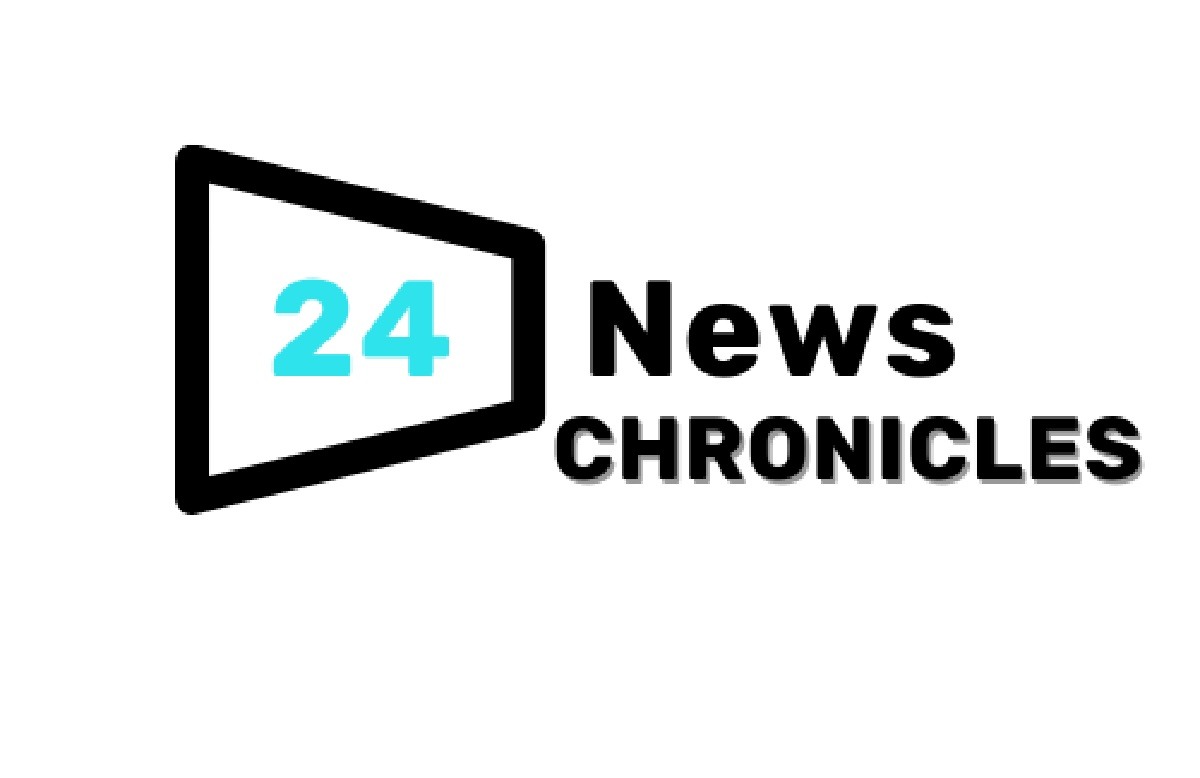If you are going to buy a perforated cable trays, then you should definitely read this article. I will take a few minutes to give you a better understanding of the perforated cable tray.
But before you dive directly into the pros and cons of the perforated cable tray, you should know about what is perforated cable tray so that it can help you in your further understanding and help in your further projects. One of the type of cable trays is the perforated cable tray that is used in organizing and routing heavy-duty cable wires in a systematic manner. There are several reasons why customers mostly prefer and buy perforated cable trays.
The Pros of Perforated Cable Trays
Electrical cable trays offer several advantages in cable management and system organization. The benefits contribute to a well-organized, reliable, and safe cable infrastructure in industrial and commercial environments.
Here are some key benefits of using perforated cable trays:
1. Cable Protection
Perforated cable trays provide a secure pathway for cables, protecting them from damage caused by bending, Tangling, or any environmental factors. The design of the tray ensures that cables are properly supported and separated, reducing the risk of interference and prolonging their lifespan.
2. Efficient Cable Organization
The free space in the tray allows for systematic cable routing and organization. Cables can be easily secured using cable ties, clamps, or other accessories, ensuring a neat and organized cable management system. This simplifies cable identification, maintenance, and troubleshooting, saving time and effort.
3. Excellent Ventilation
The perforations in the cable trays allow for improved airflow and ventilation around the cables. This is particularly important in environments where heat-generating equipment or high-power cables are present. Enhanced airflow helps reduce heat, preventing overheating and potential damage to the cables and connected devices.
4. Easy Installation
Perforated cable trays are designed for easy installation. They often feature pre-drilled holes or tabs for convenient attachment to walls, ceilings, or other support structures. The trays can be easily cut or modified to help changes in cable layout or system expansion. This flexibility simplifies installation and future modifications.
5. Accessibility and Maintenance
Perforated cable trays provide easy access to cables for maintenance and repairs. The open design allows technicians to access specific cables without the need for extensive changes. This saves time and minimizes disruption to the overall system operation.
6. Safety Measures
Perforated cable trays help ensure compliance with safety regulations by organizing cables and minimizing potential hazards. The trays prevent cables from hanging loosely, reducing the risk of tangling or accidental damage. Proper cable separation within the tray also minimizes the chance of electrical interference and short circuits.
7. Compatibility with Other Systems
Perforated cable trays are compatible with various cable management accessories and systems. They can be easily integrated with cable ties, clamps, grounding systems, or power distribution units (PDUs), allowing for a comprehensive and efficient cable management solution.
The Cons of Perforated Cable Trays
In any industry, there are both advantages and disadvantages. Perforated cable trays are beneficial for most industries but include some disadvantages which we discussed briefly below:
1. Limited Protection Against Environmental Factors
Perforated cable trays may not provide adequate protection against certain environmental factors, such as moisture, dust, or chemical exposure. In certain industrial environments or outdoor installations, additional measures may be required to protect cables from the hard elements.
2. Reduced Cable Support
In situations where heavy or large cables are involved, or when long spans are required, the load-bearing capacity of the tray may be compromised. Additional support might be necessary in such cases.
3. Limited Electromagnetic Interference (EMI) Protection
Perforated cable trays may offer less protection against electromagnetic interference compared to solid or fully enclosed cable trays. This can lead to interference issues in environments with high levels of electrical noise or sensitive equipment. In such cases, alternative cable management solutions with better EMI shielding may be more suitable.
4. Potential for Cable Slippage
The perforations in the tray, while facilitating cable organization, may allow cables to become displaced over time, particularly if not properly secured. Regular inspection and maintenance are necessary to ensure cables remain securely in place within the tray.
5. Increased Dust Accumulation
The open design of perforated cable trays may allow dust and debris to accumulate on the cables over time. This can affect the cleanliness and overall performance of the cable network. Regular cleaning and maintenance are required to modify this issue.
Conclusion
I hope now you are clear with your thoughts regarding the perforated cable tray’s advantages and disadvantages. Perforated cable trays are an essential part of routing and managing different cable wires together. It is used in many commercial and industrial locations. While perforated cable trays offer various advantages, they also have a few potential disadvantages. Also, It’s important to note that the potential disadvantages of perforated cable trays can be mitigated by careful planning, proper installation techniques, and adherence to industry standards and regulations.
Also Read: Building Trust Online Exploring the Benefits of Personal Online Reputation Management Companies






